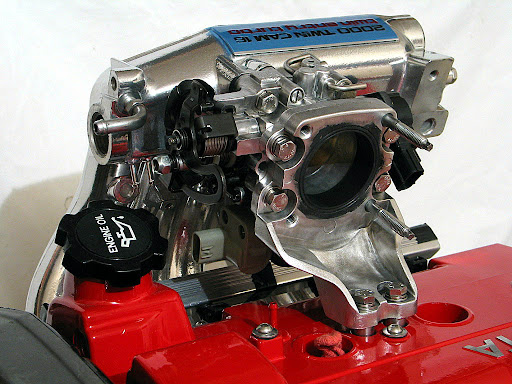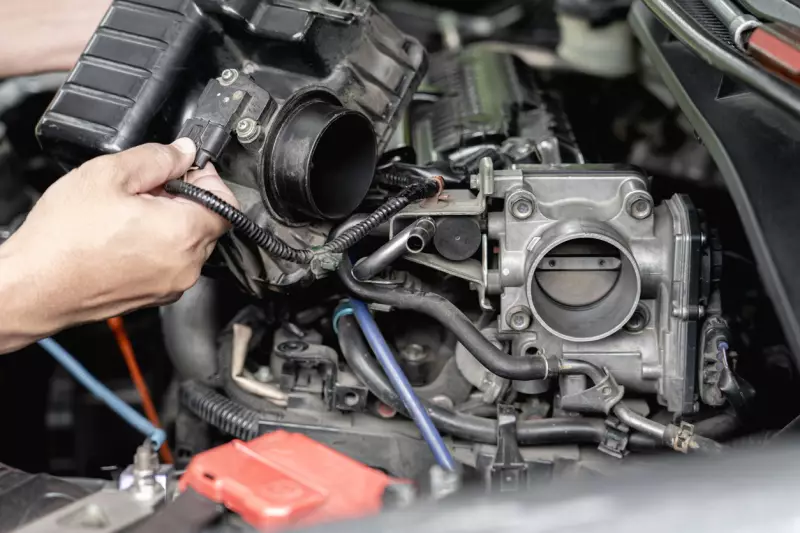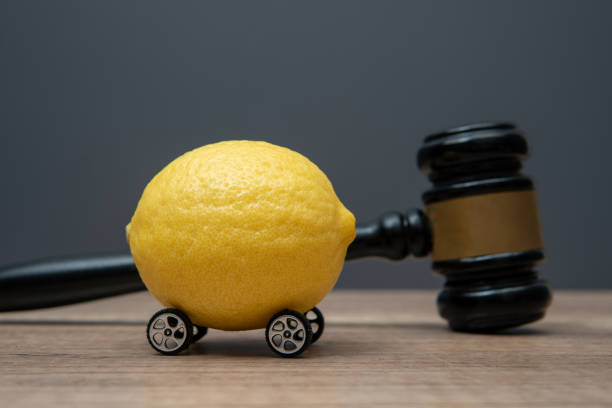When your engine is running but your car isn’t moving, it’s said to be idling. During idle, the engine should run smoothly and steadily. But if your vehicle shakes, surges, stalls, or revs unpredictably while idling, you’re likely facing engine idle problems.
Understanding these issues early can save you time, money, and potential breakdowns. In this article, we’ll cover everything you need to know about engine idle issues—what causes them, how to spot the signs, and how to fix them.
🔍 What Are Engine Idle Problems?
Engine idle problems occur when the engine doesn’t maintain a consistent RPM (Revolutions Per Minute) while idling. The normal idle speed for most cars is 600 to 1,000 RPM. If your car is idling rough, too high, too low, or stalls, something’s affecting the engine’s ability to stay steady at rest.
⚠️ Common Symptoms of Engine Idle Problems

- 🚫 Engine stalling at stop signs or red lights
- 🔄 RPMs fluctuating up and down
- 🫨 Rough or shaking idle
- 📈 High idle RPMs (engine revving too high)
- 📉 Low idle RPMs (engine struggling to stay on)
- 💡 Check engine light illuminated
These symptoms often point to issues within the air, fuel, or ignition systems, or sensor malfunctions.
🔧 Common Causes of Engine Idle Problems
Here are the top reasons your engine may be idling incorrectly:
1. Dirty or Faulty Idle Air Control (IAC) Valve
The IAC valve regulates the engine’s idle speed by controlling airflow. A clogged or malfunctioning valve can cause erratic idle.
2. Vacuum Leaks
Cracked or loose vacuum hoses allow unmetered air into the intake, disrupting the air/fuel ratio and causing rough idle or stalling.
3. Dirty Throttle Body
Carbon buildup in the throttle body restricts airflow and affects idle smoothness.
4. Failing Mass Air Flow (MAF) Sensor
The MAF sensor measures the air entering the engine. If it sends incorrect readings, the engine may idle too high or too low.
5. Faulty Spark Plugs or Ignition Coils
Worn or failing plugs and coils can cause misfires at idle, leading to rough or unstable idling.
6. Bad Fuel Injectors
If injectors are dirty or clogged, they may not deliver fuel evenly at idle, causing rough running or stalling.
7. Low Fuel Pressure
A weak fuel pump or clogged filter can cause inconsistent fuel delivery, leading to idle issues.
8. Malfunctioning Engine Sensors
Sensors like the oxygen sensor, coolant temperature sensor, or MAP sensor help regulate engine operation. If faulty, they may cause erratic idle.
9. EGR Valve Sticking
A malfunctioning Exhaust Gas Recirculation valve can cause idle instability due to incorrect recirculation of exhaust gases.
🛠️ How to Diagnose Engine Idle Problems
Here are some steps to pinpoint idle issues:
✅ Step 1: Check for Trouble Codes
Use an OBD-II diagnostic tool to scan the ECU for any stored codes related to idle, airflow, or misfires.
✅ Step 2: Inspect for Vacuum Leaks
Use a smoke machine or spray carb cleaner around hoses and intake to detect leaks.
✅ Step 3: Clean the Throttle Body and IAC Valve
Remove carbon buildup that may be disrupting airflow.
✅ Step 4: Test Spark Plugs and Ignition Components
Use a spark tester or inspect plugs for wear or fouling.
✅ Step 5: Measure Fuel Pressure
Ensure your fuel pump and filter are maintaining proper pressure at idle.
✅ Step 6: Check MAF and MAP Sensors
Clean or replace faulty sensors after proper testing.
🧰 How to Fix Engine Idle Problems

Here are potential solutions based on the issue:
| Problem | Solution |
| Dirty IAC Valve | Clean or replace the IAC valve |
| Vacuum Leak | Replace cracked hoses or gaskets |
| Throttle Body Carbon Build-up | Clean throttle body with proper cleaner |
| Failing Spark Plugs/Ignition Coil | Replace worn plugs or faulty coils |
| Faulty Fuel Injector | Clean or replace injectors |
| Low Fuel Pressure | Check and replace fuel pump/filter |
| Malfunctioning Sensors | Replace or recalibrate sensors |
| Sticking EGR Valve | Clean or replace the EGR valve |
Note: Always refer to your vehicle’s service manual for proper specs and procedures.
🧠 Pro Tips for Preventing Idle Issues
- ✅ Use high-quality fuel and perform regular fuel system cleanings
- ✅ Replace air filters and spark plugs as part of routine maintenance
- ✅ Clean the throttle body every 30,000 miles or as recommended
- ✅ Use OBD-II scans periodically to monitor performance
- ✅ Don’t ignore the check engine light — it often relates to idle control
FAQs About Engine Idle Problems
Q1: Why does my engine shake when idling?
Shaking can be caused by worn spark plugs, vacuum leaks, or a failing IAC valve affecting combustion and airflow balance.
Q2: Can bad fuel cause idle issues?
Yes, contaminated or low-quality fuel can lead to poor combustion and unstable idle.
Q3: Is high idle a problem?
Yes. Consistently high idle can indicate a sensor issue, vacuum leak, or throttle body problem.
Q4: How much does it cost to fix idle problems?
Costs vary: $50–$100 for a diagnostic, $100–$300 for common fixes like IAC valve or throttle cleaning.
Q5: Can a dirty air filter affect idle?
Yes. A clogged air filter restricts airflow, affecting fuel mixture and engine performance.
Q6: Will idle issues damage the engine?
If left unresolved, yes. It can lead to poor fuel economy, misfires, and long-term engine wear.
Q7: Can I drive with a rough idle?
Short distances may be okay, but it’s best to fix the issue quickly to avoid further damage.
Q8: How often should I clean the throttle body?
Every 30,000–50,000 miles, or if you experience idle or throttle response issues.
Conclusion: Don’t Ignore Engine Idle Issues
Engine idle problems might seem minor, but they can signal bigger issues under the hood. Diagnosing and fixing them early keeps your engine running efficiently and prevents costly repairs down the road. With a bit of knowledge and the right tools, many idle issues can be diagnosed and even fixed at home. Whether you’re a DIY car enthusiast or just want to understand your vehicle better, paying attention to idle performance is a smart move.




